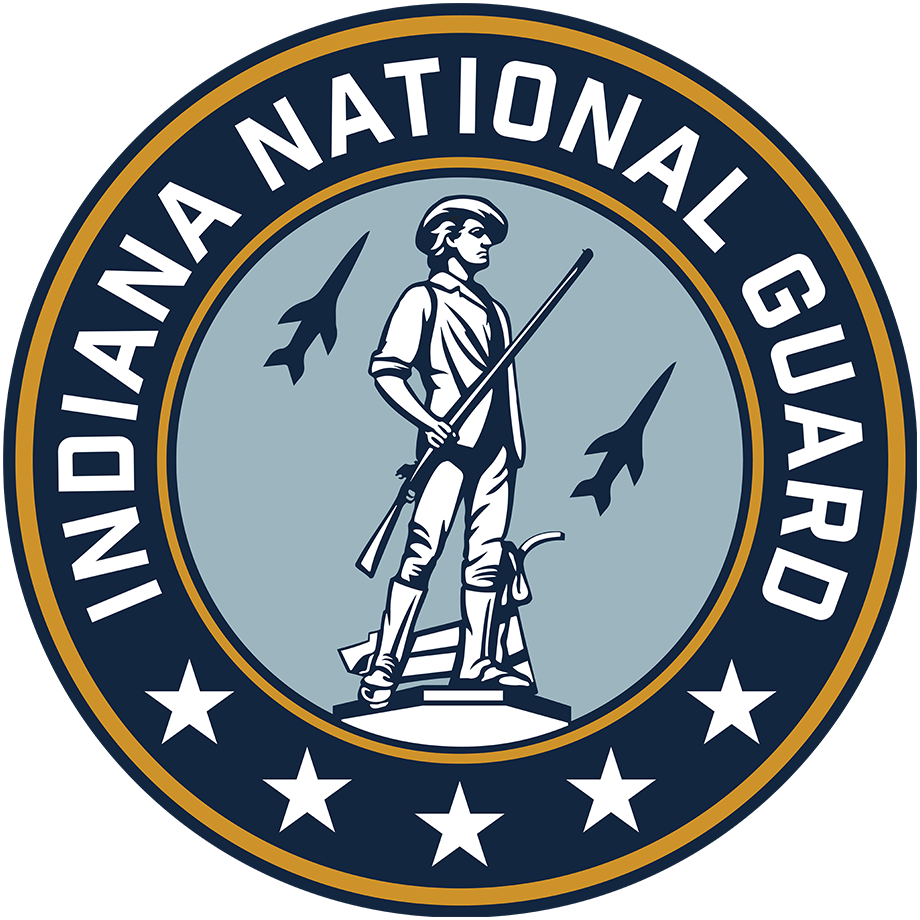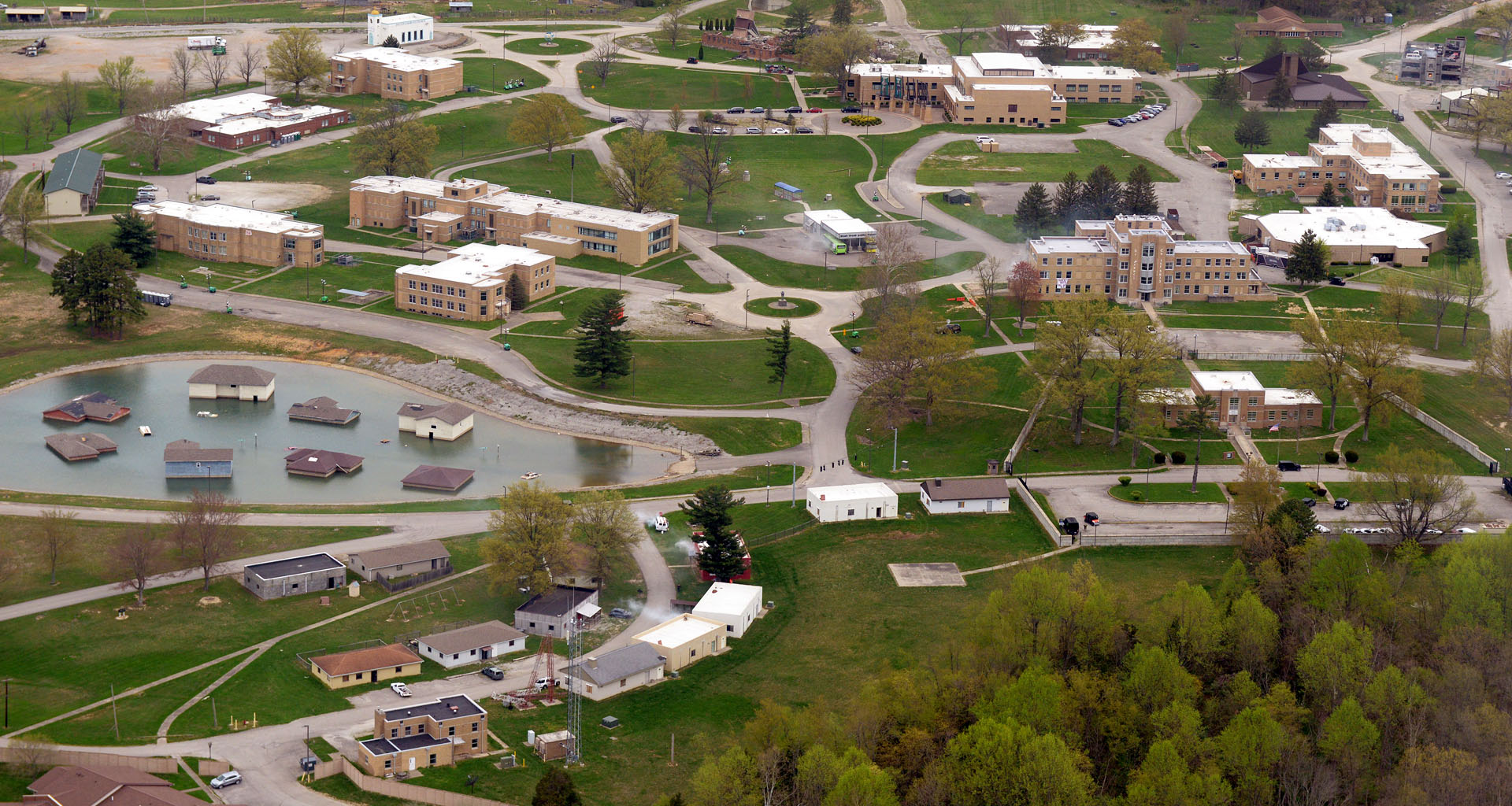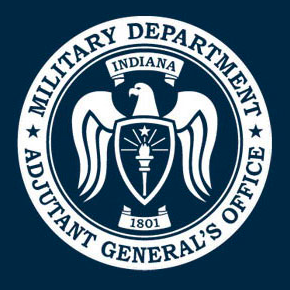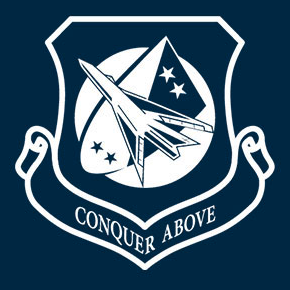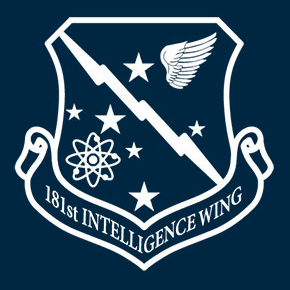"As Real as it Gets"
Muscatatuck Training Center (MuTC) offers users a globally unique, urban and rural, multi-domain operating environment that is recognized as the Department of Defense’s (DOD’s) largest and most realistic urban training facility serving those who work to defend the homeland and win the peace.
Muscatatuck is a real city that includes a built physical infrastructure, a well-integrated cyber-physical environment, an electromagnetic effects system and human elements. Muscatatuck offers realistic, flexible and affordable training and testing scenarios. The site supports customized live/virtual/constructive (LVC) training, developmental testing and evaluation.
Multi-Domain Environment
The multi-domain environment includes a physical metropolitan infrastructure, a 1,000 acre urban and rural landscape with more than 300 brick-and-mortar structures with roughly 1.5 million square feet under roof, 1.8 miles of subterranean tunnels, a cave complex, more than nine miles of roads, managed airspace, a 180-acre reservoir, and a cyber live-fire range. The Cyber Program is capable of supporting live offensive and defensive operations for all three tenants of multi-domain operations (MDO) at any echelon through live/virtual/constructive (LVC) training platforms. This integrated MDO environment touches the 21st Century battlefield domains of land, air, maritime, cyberspace and space and includes the electromagnetic spectrum and information environment. As users regularly add role-players to create dense urban terrain (DUT), the unpredictable realism slows operations while increasing the speed and complexity of tactical engagements.
The state of Indiana owns Muscatatuck and leases it to the U.S. Army. The National Guard manages the property as the premier advanced urban training facility used by military; local, state and national agencies; civilians and international partners.
